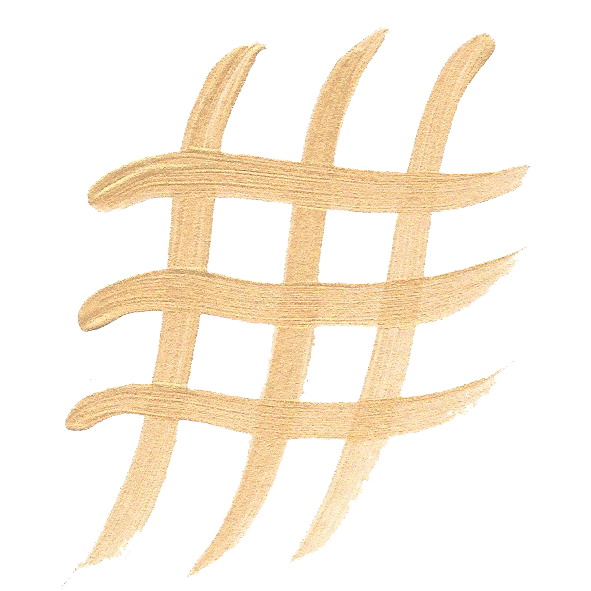Jewellery thoughts
I began my degree in Gold & Silversmithing in 1995, a lifetime ago. Before that, I completed another degree and have made jewellery ever since I could work with tools. I have been doing this for a long time.
Today I find myself reflecting on what has passed as a way of working out how I move forward into my future. Part of this process has seen me go back through my sketchbooks from thirty years ago. I wanted to see if I could work out who I am through what I have done. Or understand more fully my creative process so that I can better understand myself. I prefer the past time when I worked in my sketchbooks and when I went to research something, I went to books and libraries to seek out and understand information. Today social media drives participation in learning and also running a business, an essential part of our present-day life. This website is a selling tool and a necessary part of my business, as is Instagram. But not everything is about selling and promotion. If, after 30 years, all I am interested in is selling, then there is a kind of a loss to this time. The irony here is that if I do not sell, then my business will stop, so how to negotiate a creative practice with a business and still be inspired and grow as a creative person? If it is not just about money, then what is it about? I have changed my business over the last couple of years to concentrate more on making bespoke work and to establish a richer practice by allowing meaning through storytelling to drive the work. I have concentrated on very small production as a way of aligning myself with a more ethical practice, where materials are considered and respectfully used with little waste. I strive to make jewellery that will last and that the creation of each piece is driven by this, not fashion.
Today, I came across this text in a sketchbook from the year 2000, 22 years ago. The text was written by France Borel from The Splendour of Ethnic Jewelry. Reading it has reaffirmed why I still choose to make jewellery and still push myself forward to find new forms and meanings.
Before the quoted text, I wrote, Jewellery is placed at centres needing protection.
p.245 …All civilisations express themselves through body ornamentation whether or not they have developed writing. It is anything but a subsidiary or marginal means of communication. Seldom has a language thrived on so many materials, colours, forms, and technical skills. Every conceivable resource, every available substance, from the crudest to the most sophisticated, is used. The body becomes a kind of book that chronicles not only life’s routine activities, joyous occasions, and momentous rituals, but death and our ceremonial attempts to lessen the sting of its finality…
p.246. The mythologies of Africa or Oceania hold as many riches as ancient Greece or Rome. Their true depth and range become apparent when we examine the scraps of knowledge that alert, receptive technologists like Marcel Griaule and Michel Leiris just barely managed to rescue from oblivion. A blind Dogon elder named Ogotemmeli once told Griaule how human speech is like weaving, how the ornaments women wear - a circlet of green beads about the head, a necklace, two red beads at the corners of the nostrils - represent jewellery that adorns the Nommo, or water spirit. Their copper bracelets are supposed to represent the spirit’s bones; rows of beads on the right ankle stand for his tail; rings on the first, third, and little finger symbolize his body. The elder made a point of mentioning that “no rings should be worn on the toes, because the Spirit has no feet.”
p. 23. Adornment expresses the irreducibles of life. It underscores the stages of a person’s life history; it marks such milestones as marriage, birth, and death. It is the force that drives seduction in the broadest sense of the word. And as a party both to seduction in the concrete and beauty in the abstract, personal embellishment is an active participant in the great cycle of human existence.
p.27. …An object’s role in key ceremonies heightens its value far beyond its material worth.
At the end of this written excerpt in my sketchbook, I have written a favourite line from a treasured author:
“ May my story be beautiful and unwind like a long thread…,” she recites as she begins her story. A story that stays inexhaustible within its own limits. Trinh T. Minh-Ha
Minh-Ha, Trinh T. 1989, Woman, Native Other. Writing Postcoloniality and Feminism. Indiana University Press, Bloomington.
Borel, F 1994, The Splendour of Ethnic Jewelry. From the Colette and Jean-Pierre Ghysels Collection. Thames and Hudson, London.

